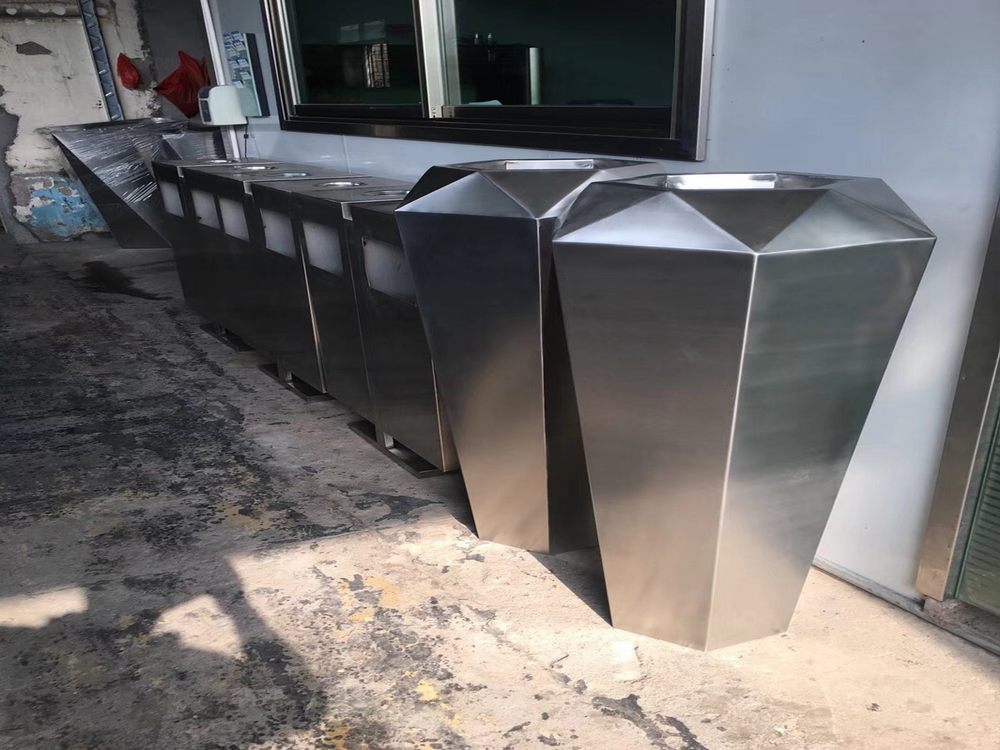
Sculptors masterfully transform rigid, geometric metal into dynamic artworks that appear to move. One key technique is asymmetry—deliberately unbalanced compositions trick the eye into perceiving motion. Angular cuts and overlapping planes create visual tension, suggesting kinetic energy.
Many artists incorporate actual movement through carefully balanced kinetic elements or suspended components that sway subtly. Others use polished surfaces to reflect light in shifting patterns, mimicking motion.
The strategic use of negative space plays a crucial role. By leaving intentional gaps between geometric forms, sculptors create an optical flow that guides the viewer's gaze in rhythmic patterns. Some even employ forced perspective, crafting pieces that seem to transform as the observer moves around them.
Advanced metalworking techniques allow for precise edge treatments—beveled or rounded edges catch light differently, producing shimmering effects. Textural contrasts between smooth and rough surfaces further enhance the illusion, as light interacts unpredictably across the sculpture's planes.
Contemporary sculptors often combine these methods with mathematical precision, using Fibonacci sequences or fractal patterns to establish visual rhythms that suggest perpetual motion within static metal forms. The result is artwork that transcends its material rigidity, appearing to pulse with energy and life.

